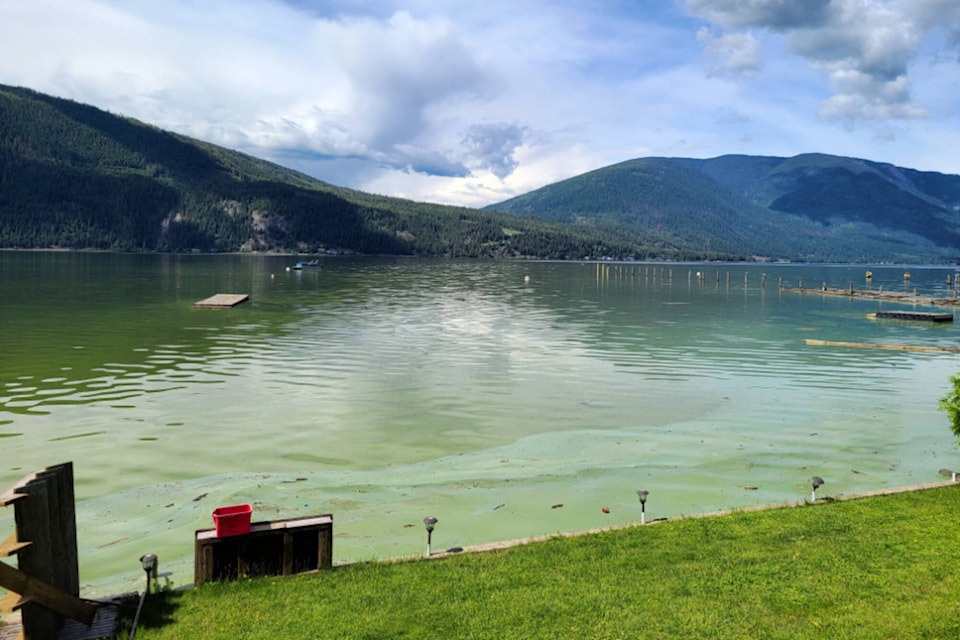I’ve heard on more than one occasion someone “dad joke” about denial not just being a river in Egypt.
Online you’ll find this quote attributed, without further detail, to Mark Twain. However, the earliest evidence of its use, according to Quote Investigator, was in a 1933 U.S. newspaper – 23 years after Twain died. It’s interesting, though not surprising, how the unverified attribution presented as fact is clearly more prevalent on the Internet.
However, I find the Nile itself more concerning. Considered the longest river in the world, for thousands of years humans have relied on it as a source of drinking water and irrigation, and for transportation.
However, with soaring human population and climate change, tensions are increasing around current water demand and future water scarcity.
An article in Nature.com notes, “Sea level rise and saltwater intrusion are already a threat to freshwater resources in the Nile Delta and will further affect the potability of water for agricultural and municipal purposes,” and “increased temperatures will affect both agricultural productivity and crop suitability, and also increase rates of evaporation from surface water and the field.”
The authors stress “optimizing ecological suitability and irrigation systems is crucial to adapting to future change.”
Concerns around water bodies at risk are on the rise, including in North America. In the Colorado River basin, lakes Mead and Powell, both used as reservoirs, are in decline. The basin has suffered a 22-year drought which, according to reports, is the worst stretch in 1,200 years.
Read more: Report says water quality in Shuswap generally good, nutrients going into lakes remain a concern
Read more: North Shuswap director takes helm of region’s watershed council
In addition to a proliferation of microplastics now being found in the Great Lakes, runoff pollution and increasing temperatures have spurred conditions favourable to toxic Cyanobacteria algal blooms in Lake Eerie – a source of water for about 11 million people. At its peak, last year’s bloom covered more than 1,300 square kilometres. Phosphorus is considered the primary nutrient behind the increase in algal blooms which – according to a Canada-Ontario Lake Eerie action plan – have resulted in “significant economic, social and ecological impacts.” Among the sources identified: drainage from agricultural lands, malfunctioning septic systems, stormwater runoff from residential properties, golf courses, and commercial and industrial properties. The plan sets out goals to reduce phosphorus loading.
We have similar concerns and goals for Shuswap Lake, where a large algal bloom occurred in 2020.
The Shuswap Watershed Council is devising its own Phosphorus Action Plan, and has provided grants to assist local farms and land owners with projects to help prevent nutrients from washing into nearby creeks and rivers and into our lakes. Why?
Because the problem is real and will only be exacerbated by the longer periods of extreme heat that appear to be becoming the norm.
It may be more fun to share dad jokes, but water is something we can’t take for granted. We cannot expect to protect it with a mix of denial and delusional optimism.
lachlan@saobserver.net
Like us on Facebook and follow us on Twitter
Sign up for our newsletter to get Salmon Arm stories in your inbox every morning.
